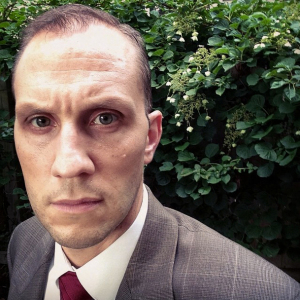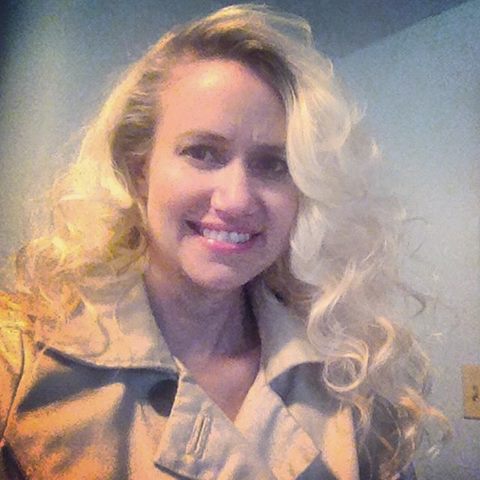Location, location, location (and other details)
Note: This post is full of links to other really interesting websites. Each link opens a new window. Enjoy exploring!
The setting of a play can be as detailed and exact as the playwright, the director and/or the producer want or need it to be. In the musical The Fantasticks, which has the feeling of a parable, the setting is a nearly bare stage with a trunk and a ladder. In Larry Shue’s The Foreigner, the single large hunting lodge set (which needs to include a trap door) benefits from a loving attention to realistic detail. [NOTE: both this excellent shows are running right now in Fort Wayne, at IPFW and First Presbyterian, respectively.]
Jeannette Clift George sets her two-character play, Interval, in the heart of New York City, Manhattan. Perhaps because for Americans, NYC is the quintessential Big City, it is a fitting backdrop for a play about two lonely people who are having a hard time finding a place to belong. Audience members who know New York well may have a bit of a job suspending disbelief that there could actually be a “forgotten corner” of Riverside Park, which runs along the Hudson River. We have tried to suggest that it is a sunken section of garden (steps down from street level).
You will notice several things about this garden:


